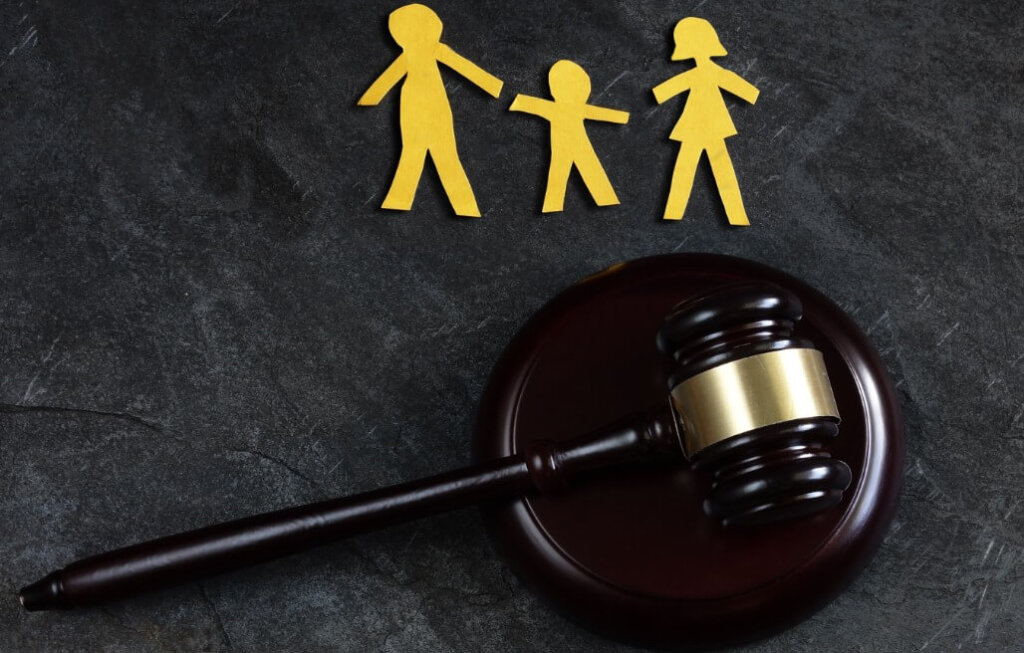Is peaceful divorce an oxymoron? Not anymore. As a recovering family law litigator, I have handled hundreds of family law cases. I have come to believe that so much of understanding and achieving my clients’ goals involves assessing probable outcomes and anticipating and responding to the psychodynamics of the spouses; i.e., how the parties relate, use control, intimidation, and other dysfunctional behaviors to gain an advantage in their case. These behaviors may have precipitated the marital breakup and influence the dissolution pathway.
It is difficult to sort through issues of parental responsibility, property distribution, and support when one spouse feels abandoned, angry, hurt, controlled, or suffers from emotional and/or physical abuse. If unchecked, these behaviors can continue through the family law proceeding, absent intervention by a mental health professional.
The collaborative family law process offers the best viable option to work through legal and emotional issues, recognizing the psychodynamics, while simultaneously retaining respect and reducing expense, which is often lost in traditional litigation. The goal of the collaborative family law process is full financial transparency and disclosure from the beginning. Ask, and it shall be given; no delays for objection periods or traditional statutory deadlines. With the collaborative family law model, all information is fully transparent and complete from the beginning of the settlement discussions.
A shared mental health professional trained in the collaborative process is present to support and guide the parties, who may be manifesting emotions differently. A shared financial expert computes alternative property distributions and support calculations from each spouses’ perspective, so that the attorneys and their clients can achieve the goals most important to their clients, rather than waiting months for mediation. It is built upon a five-step model: (1) Identifying common goals; (2) information gathering; (3) option building; (4) evaluating options; and, (5) selecting the best option or combination of options.
A frequently asked question is “What is the difference between the Collaborative Law Model and Mediation?” Mediation is an established alternative dispute resolution procedure within the traditional litigation model and is typically the last step toward settlement along the path to a trial. A trained mediator facilitates a settlement between the parties and their counsel using “shuttle diplomacy” between different rooms where the spouse and the attorney on each side are in separate caucus. They each have their ‘positions’ in the case, often starting at odds with one another. The mediator helps them settle somewhere in the middle. By contrast, in a collaborative case, all parties, counsels, financial experts, and mental health experts sit together to problem solve cooperatively. The mental health expert helps to deflect the emotions so that the participants can concentrate on the legal and financial issues affecting the children and their marital finances. If the case settles through the collaborative process, any agreement reached is enforceable in court. Should the parties not resolve the case, standard mediation is still an option.
Although collaborative divorce has been practiced for several years throughout the country only recently has Florida established a statute, rules of procedure and an ethical code governing the collaborative process. In 2018, a new provision was added to the dissolution of marriage statute in Florida Statutes 61.55. The collaborative rules of procedure at Rule 12.745 were created to address the collaborative process and how to handle the resolution or alternate outcomes. If the parties choose to end the collaborative process, the parties’ counsel and the joint experts must withdraw. This is not a disincentive to the process as it ensures the parties’ and counsels’ commitment to the process.
The collaborative process begins once the couple and their attorneys sign a collaborative law participation agreement. The participation agreement declares their choice to use the collaborative law principles to settle their case in a non-adversarial manner, each spouse having retained collaboratively trained lawyers and neutrals to assist in reaching their goals. It further details the method of communication, use of neutral experts for purpose of valuation, cash flow analysis, parenting issues and other issues which require expert advice and recommendations. Provisions for payment of expert witness fees and attorney fees, information sharing, certification of providing complete and accurate information, and withdrawal from the process are also included in the participation agreement.
Choosing the collaborative process should not be taken lightly. There are significant advantages to the collaborative process. Legal fees and costs are usually lower, and the case progresses more quickly not subject to court schedule. Another benefit is that the entire process is confidential, especially advantageous in high profile cases, and for those who value their privacy.
In sum, the collaborative law process offers one of the best opportunities to resolve a family law matter, ensuring each spouse is protected and simultaneously enabling the parties to avoid psychological fallout toward each other or the children. Carolyn Zisser









